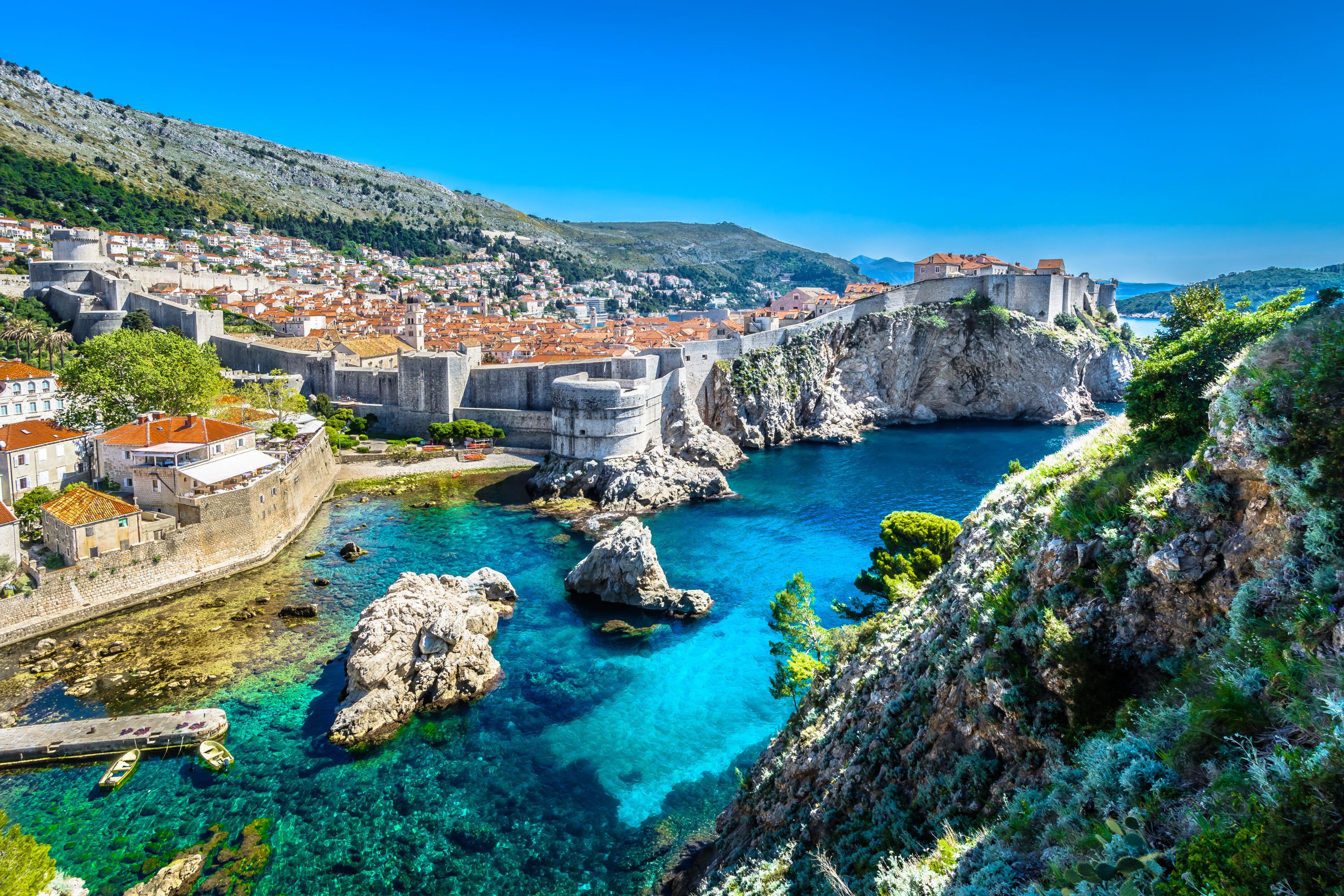Researchers Scanned The Sea Floor Of The Adriatic Sea And Discovered A Lost Prehistoric Landscape That Once Stood Above Sea Level Thousands Of Years Ago

Thousands of years ago, a now-submerged landscape once stood above sea level. The discovery of this prehistoric landscape was made after a team of scientists conducted a series of underwater scans in the Adriatic Sea, which is located off the coast of Croatia.
The project, called Life on the Edge, was led by the University of Bradford in the United Kingdom and the University of Split in Croatia.
Over the span of five years, researchers hope to map out parts of the Adriatic Sea, as well as the North Sea.
Their goal is to create a better picture of what these submerged landscapes looked like between 24,000 and 10,000 years ago during the Upper Paleolithic period. At that time, sea levels were hundreds of feet lower than today’s sea levels.
The researchers used three-dimensional seismic sensors to scan the sea floor. Then, they analyzed the results from the sensors to put together a model of the prehistoric landscape.
Their investigations revealed a network of rivers, streams, and other features that used to be above the water.
“The results provided way more detail than we were expecting,” Simon Fitch, the lead researcher at the University of Bradford, said. “It’s a more diverse landscape, and it’s better preserved than we expected…There are beautifully preserved rivers and estuaries buried beneath what is now the sea floor.”
Previous models indicated that there might have been a river on the seabed, but their advanced high-resolution sensors found much more than that.
It is believed that more people were living in the region during the Upper Paleolithic period than what was thought in the past. Ancient humans typically lived along lakes and rivers for natural resources.
dreamer4787 – stock.adobe.com – illustrative purposes only
Sign up for Chip Chick’s newsletter and get stories like this delivered to your inbox.
Later this year, more divers will be sent into the surveyed areas to examine them for further studies.
It is the hope that they will find evidence of human activity. Luckily, with modern advancements in science and technology, it has become easier than ever to detect such things.
Furthermore, determining how the landscape became submerged will reveal a wealth of information.
“The speed at which that landscape was lost to the sea is also important. It affected people and culture, so by understanding the landscape, we can begin to understand the whole archaeological picture so much more clearly,” Fitch said.
Welcome to Billionaire Club Co LLC, your gateway to a brand-new social media experience! Sign up today and dive into over 10,000 fresh daily articles and videos curated just for your enjoyment. Enjoy the ad free experience, unlimited content interactions, and get that coveted blue check verification—all for just $1 a month!
Account Frozen
Your account is frozen. You can still view content but cannot interact with it.
Please go to your settings to update your account status.
Open Profile Settings